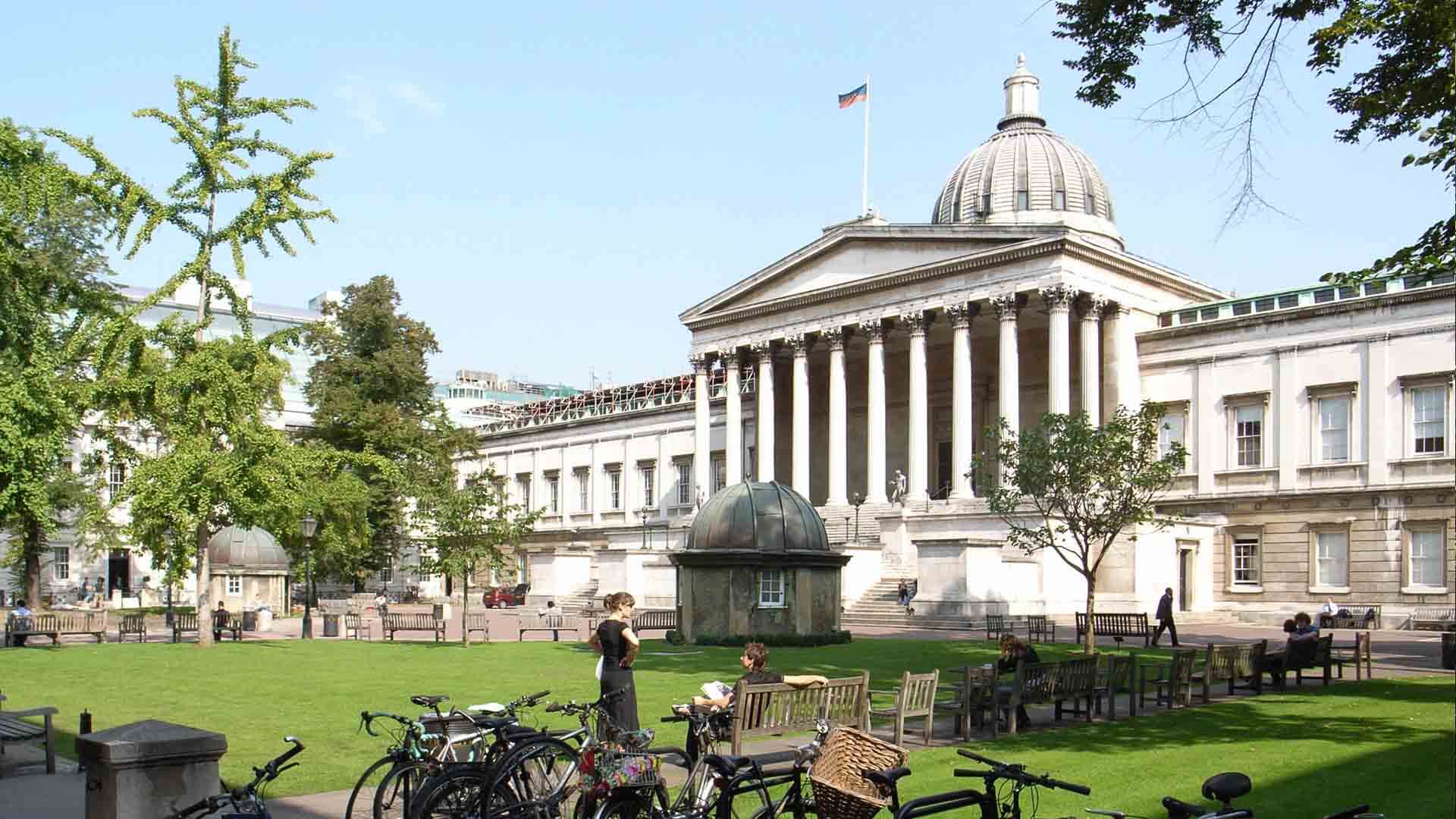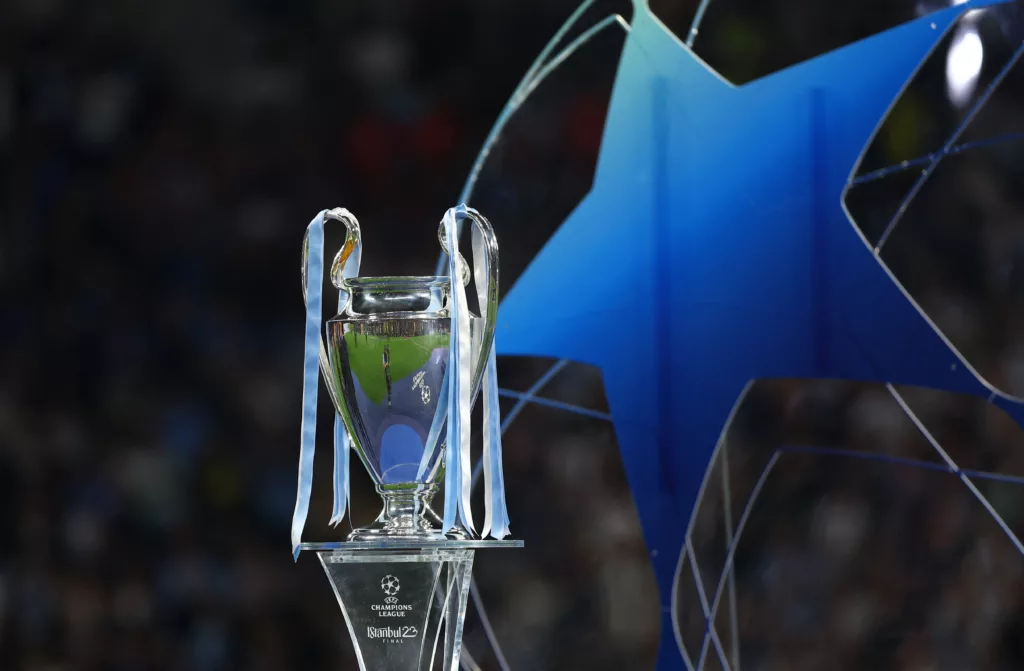
The Grand Game of Billions: A UCL Team Budget Comparison
The UEFA Champions League, football’s most prestigious club competition, is often described as the pinnacle of European football. It’s where legends are forged, dreams are realized, and the world’s best talents clash under the floodlights. While the romantic notion of passion, tactical genius, and sheer willpower often takes center stage, an undeniable, colossal force underpins it all: money. The financial disparity between clubs competing in the Champions League has never been more pronounced, with budget comparisons revealing a hierarchical structure that heavily influences, though does not exclusively determine, success.
This article delves into the fascinating world of UCL team budgets, dissecting the various revenue streams, expenditures, and the resulting financial might that separates the footballing elite from the ambitious challengers and the perennial underdogs. We will explore how these financial muscles are flexed, the impact of Financial Fair Play (FFP), and ultimately, whether the beautiful game truly remains unpredictable in the face of such overwhelming economic disparity.
The Financial Titans: The Billion-Euro Clubs
At the apex of European football’s financial pyramid sit a handful of clubs whose annual revenues comfortably exceed half a billion euros, often pushing towards the billion-euro mark. These are the perennial contenders, the global brands, and the magnet for the world’s most sought-after players. Clubs like Real Madrid, FC Barcelona, Manchester United, Bayern Munich, Paris Saint-Germain, Manchester City, Liverpool, and Chelsea consistently dominate the Deloitte Football Money League, a testament to their unparalleled commercial prowess.
Their immense financial power stems from a trifecta of robust revenue streams:
-
Commercial Revenue: This is the undisputed king for the top clubs. Multi-million euro sponsorship deals with global brands (kit manufacturers, shirt sponsors, training ground sponsors, official partners across various industries), extensive merchandising sales across continents, and lucrative pre-season tours contribute the lion’s share. Real Madrid and Bayern Munich, for instance, have mastered the art of leveraging their history and global fanbase into massive commercial income. State-backed clubs like PSG and Manchester City also benefit from substantial commercial deals, though these have often faced scrutiny regarding their "fair value" in the context of FFP.
-
Broadcast Revenue: The Champions League itself is a significant driver of broadcast income. The further a club progresses, the more prize money and market pool revenue they earn from UEFA. Beyond that, domestic league broadcasting deals, particularly in the Premier League, are astronomically lucrative. English clubs enjoy a substantial advantage here, with their domestic TV rights dwarfing those of most other European leagues, providing a robust baseline even before factoring in UCL earnings.
-
Matchday Revenue: While perhaps not as dominant as commercial or broadcast, gate receipts, hospitality packages, and stadium tours still contribute significantly, especially for clubs with large, modern stadiums like Barcelona’s Camp Nou (currently under renovation), Manchester United’s Old Trafford, or Bayern’s Allianz Arena. Full stadiums week-in, week-out translate into tens of millions of euros annually.
The consequence of such vast revenues is the ability to command astronomical transfer fees for elite players and offer incredibly lucrative wage packages. These clubs can absorb €100m+ transfers and pay star players €20m+ per year, creating an almost insurmountable barrier for lesser-resourced teams attempting to compete for top talent. This financial might allows them to assemble "super teams" with incredible squad depth, capable of competing on multiple fronts simultaneously. However, with great power comes great scrutiny, particularly regarding FFP regulations and the ever-present pressure to deliver silverware.
The Ambitious Challengers: Bridging the Gap
Below the financial titans are a tier of highly ambitious clubs that consistently qualify for the Champions League and occasionally make deep runs, but often find it challenging to consistently break into the elite four or five. This group includes clubs like Arsenal, Tottenham Hotspur, Juventus, Inter Milan, AC Milan, Borussia Dortmund, and Atlético Madrid. Their annual revenues typically range from €250 million to €500 million.
These clubs employ various strategies to compete despite their financial constraints relative to the absolute giants:
- Smart Transfer Policies: Clubs like Borussia Dortmund have become masters of identifying and developing young talent, purchasing them relatively cheaply, providing a platform for their growth, and then selling them on for significant profits (e.g., Jadon Sancho, Erling Haaland, Jude Bellingham). This model allows them to reinvest in new talent and maintain competitiveness.
- Tactical Acumen and Team Cohesion: Atlético Madrid under Diego Simeone is a prime example of a club that consistently punches above its weight through defensive solidity, tactical discipline, and an incredible team spirit that maximizes the output of its players.
- Youth Academies: Many of these clubs invest heavily in their youth academies, hoping to produce homegrown talent that can either integrate into the first team or be sold for profit.
- Strategic Debt Management: While some, like Juventus or Inter, have taken on significant debt to remain competitive, others focus on more sustainable growth.
The primary challenge for these clubs is retaining their best players. When a Real Madrid or a Manchester City comes calling with an offer of significantly higher wages and a greater chance of winning the Champions League, it becomes incredibly difficult for these clubs to hold onto their stars, creating a continuous cycle of rebuilding.
The Underdogs and Emerging Forces: Punching Above Their Weight
Further down the financial ladder are clubs from smaller leagues or those with more modest financial backing, yet who regularly qualify for the Champions League group stages and occasionally surprise everyone with a memorable run. This includes clubs like Ajax, FC Porto, Benfica, Shakhtar Donetsk, Red Bull Salzburg, and various champions from leagues like Belgium, Scotland, or Turkey. Their annual revenues can range from €50 million to €200 million.
For these clubs, participation in the Champions League is not just about sporting glory; it’s a financial lifeline. The prize money, market pool, and increased visibility are crucial for their survival and growth. Their strategies for competing are often rooted in:
- Exceptional Scouting Networks: Clubs like Porto and Benfica have renowned scouting operations, particularly in South America, enabling them to identify raw talent that can be developed and sold for substantial profit (e.g., Éder Militão, Luis Díaz, Enzo Fernández from Porto/Benfica).
- World-Class Youth Development: Ajax’s academy is legendary, consistently producing top-tier players who go on to grace Europe’s biggest clubs (e.g., Frenkie de Jong, Matthijs de Ligt). This "total football" philosophy is ingrained from a young age.
- Strategic Player Sales: This is their bread and butter. Success in the Champions League often means their star players will be poached by wealthier clubs, but the transfer fees are reinvested into the club’s infrastructure, scouting, and new talent acquisition, perpetuating a sustainable cycle.
- Tactical Innovation: Without the financial muscle to buy established superstars, these clubs often rely on innovative tactical approaches and a cohesive team unit to overcome more individually talented opponents.
The major hurdle for these clubs is maintaining consistency. A single deep run in the Champions League might temporarily boost their profile and finances, but the constant brain drain of their best players and coaches makes it incredibly difficult to build a lasting dynasty or consistently challenge for the latter stages.
The Impact of Financial Fair Play (FFP)
Introduced by UEFA in 2010, Financial Fair Play was designed to improve the financial health of European clubs, prevent excessive spending, and promote sustainability. In theory, FFP aims to level the playing field by preventing clubs from spending more than they earn over a three-year period. However, its effectiveness and impact on budget comparisons remain a contentious topic.
While FFP has undoubtedly forced many clubs to become more fiscally responsible and has prevented some instances of reckless spending, critics argue that it has inadvertently solidified the dominance of the already wealthy clubs. Established giants with massive commercial revenues find it easier to comply with FFP because their income base is so high. Conversely, ambitious challengers who might need to invest heavily to catch up find their spending curtailed, making it harder to bridge the gap.
Moreover, "related party transactions" (e.g., sponsorships from companies linked to club owners, particularly relevant for state-backed clubs) have been a loophole that has been heavily scrutinized, leading to debates about the spirit versus the letter of the law. UEFA has recently evolved FFP into new "squad cost controls" focusing on wages, transfers, and agent fees, aiming for a more direct impact on spending.
Beyond the Balance Sheet: The Unquantifiable Factors
Despite the undeniable influence of financial power, the Champions League continues to offer moments of magic that transcend the balance sheet. Money buys talent, but it doesn’t guarantee success. Several intangible factors can still tip the scales:
- Tactical Genius: A brilliant coach can often get more out of a squad than the sum of its parts. José Mourinho’s Porto winning the UCL in 2004 or Jürgen Klopp’s Borussia Dortmund reaching the final in 2013 are prime examples.
- Team Cohesion and Spirit: A united dressing room with strong leadership and a collective will to win can overcome superior individual talent.
- Club Culture and History: The weight of a club’s history and the expectations of its fanbase can be both a blessing and a curse, but they contribute to a unique atmosphere.
- Luck: The bounce of the ball, a contentious refereeing decision, or a crucial injury can all play a role in knockout football.
- Individual Brilliance: Sometimes, a single moment of genius from a player can decide a tie, regardless of the team’s overall budget.
The narrative of "money buys trophies" is often challenged by upsets and unexpected runs, reminding us that football, at its heart, remains a game of skill, passion, and unpredictable moments.
Conclusion
The Champions League team budget comparison reveals a stark reality: financial might is a colossal advantage in modern football. The multi-billion euro revenues of the elite clubs allow them to monopolize top talent, invest in state-of-the-art infrastructure, and build global brands that further fuel their financial growth. This creates a challenging environment for ambitious challengers and a constant battle for survival for the underdogs, who must rely on shrewd management, exceptional scouting, and innovative tactical approaches to compete.
While Financial Fair Play attempts to instill some semblance of order and sustainability, its impact on truly leveling the playing field remains debated. The gap between the richest and the rest appears to be widening, raising concerns about competitive balance in the long term.
Yet, despite the overwhelming influence of money, the Champions League still delivers its share of Cinderella stories and tactical masterclasses. It is in these moments, when a team’s collective spirit, a coach’s genius, or a player’s individual brilliance defies the odds, that the beautiful game truly reminds us why it remains the world’s most beloved sport, a captivating blend of predictable financial power and glorious, unpredictable human endeavor.



